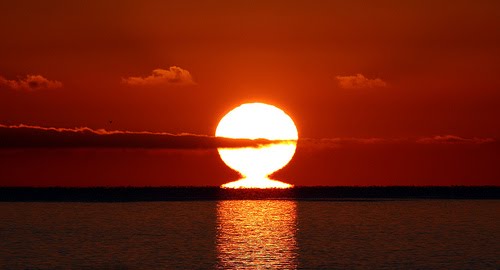| Online: | |
| Visits: | |
| Stories: |
Higher Intelligence Intervention? The Mysterious Paradox of our Sun
This astrophysics paradox arises when we realize that our sun is nearly 40 percent brighter than it was over four billion years ago. However, if this is true, then the Earth would have received much less heat early on and, therefore, the surface of the planet should have been frozen in the past. First brought up by the famed scientist Carl Sagan in 1972, the faint young sun paradox has stumped researchers ever since, because the geological evidence shows that there were oceans covering parts of the planet at that time.
Greenhouse gases have been suggested as a possible solution. However, the levels would have had to be hundreds or thousands of times as high as they are now. Plus there’d have to be lots of evidence to suggest that were true, but there isn’t. A sort of “planetary evolution” has been suggested. This theory suggests that the conditions on Earth (like the chemical makeup of the atmosphere) have changed as life evolved. Or maybe the Earth is only a few thousand years old. Who knows? (Just kidding. It’s billions of years old.)
Source: http://www.ascensionearth2012.org/2014/05/higher-intelligence-intervention.html





